Many papers investigated, in a variety of ways, the so-called "FPU state" in the Fermi-Pasta-Ulam model, namely the state, intermediate between the initial state and equipartition, that the system soon reaches if initially one or a few long-wavelength normal modes are excited. The FPU state has been observed, in particular, to obey a few characterizing scalings laws. The aim of this paper is twofold: First, reviewing and commenting the literature on the FPU state, suggesting a possible way to organize it. Second, contributing to a better understanding of the FPU state by studying the similar state in the Toda model, which provides, as is known, the closest integrable approximation to FPU. As a new tool, we analyze the dimensionality of Toda invariant tori in states corresponding to the FPU state, and observe it obeys the main scaling law characterizing the FPU state.
1.
Introduction
We let A to denote the usual class of analytic functions having a Taylor's series expansion of the form
Let 0≤η<1, S∗(η) and C(η) symbolize the classes of starlike functions of order η and convex functions of order η respectively. In A, we classify the collection P of functions p∈A with p(0)=1 and Rep(z)>0. The class of functions in P is not univalent. However, if the family of functions in P are single valued then the set P is normal and compact [14,p. 136]. Babalola [4] introduced the class of functions Lλ(η) so called λ-pseudo-starlike functions of order η as follows: A function f∈A is said to be in Lλ(η), with 0≤η<1, λ≥1, if and only if it satisfies the inequality
Let f and g be analytic in U. Then we say that the function f is subordinate to g in U, if there exists a Schwarz function w in U such that |w(z)|<|z| and f(z)=g(w(z)), denoted by f≺g. If g is univalent in U, then the subordination is equivalent to f(0)=g(0) and f(U)⊂g(U).
Using the concept of subordination for holomorphic functions, Ma and Minda [12] introduced the classes
where ψ∈P with ψ′(0)>0 maps U onto a region starlike with respect to 1 and symmetric with respect to real axis. By choosing ψ to map unit disc on to some specific regions like parabolas, cardioid, lemniscate of Bernoulli, booth lemniscate in the right-half of the complex plane, various interesting subclasses of starlike and convex functions can be obtained.
For arbitrary fixed numbers C,D, −1<C≤1,−1≤D<C, we denote by P(C,D) the family of functions p(z)=1+p1z+p2z2+⋯ analytic in the unit disc and p(z)∈P(C,D) if and only if
where w(z) is the Schwarz function. Geometrically, p(z)∈P(C,D) if and only if p(0)=1 and p(U) lies inside an open disc centred with center 1−CD1−D2 on the real axis having radius C−D1−D2 with diameter end points p1(−1)=1−C1−Dandp1(1)=1+C1+D. On observing that w(z)=p(z)−1p(z)+1 for p(z)∈P, we have S(z)∈P(C,D) if and only if for some p(z)∈P
For detailed studying on the class of Janowski functions, we refer to [8]. For −1≤D<C≤1 we denote by S∗(C,D) and by C(C,D) the class of Janowski starlike functions and Janowski convex functions, defined by
and
respectively.
The function ˆpη,σ(z) plays the role of an extremal functions those related to these conic domain Dk={u+iv:u>η√(u−1)2+v2} and is given by
where u(z)=z−√t1−√tz,t∈(0,1) and t is chosen such that η=cosh(πR′(t)4R(t)), with R(t) is Legendre's complete elliptic integral of the first kind and R′(t) is complementary integral of R(t). Clearly, ˆpη,σ(z) is in P with the expansion of the form
we get
Noor in [15,16] replaced p(z) in (1.2) with ˆpη,σ(z) and studied the impact of Janowski function on conic regions.
For f∈A given by (1.1) and 0<q<1, the Jackson's q-derivative operator or q-difference operator for a function f∈A is defined by (see [1,2])
From (1.6), if f has the power series expansion (1.1) we can easily see that Dqf(z)=1+∞∑k=2[k]qakzk−1, for z≠0, where the q-integer number [k]q is defined by
and note that limq→1−Dqf(z)=f′(z). Throughout this paper, we let denote
The q-Jackson integral is defined by (see [7])
provided the q-series converges. Further observe that
where the second equality holds if f is continuous at z=0.
For the function f∈A given by (1.1) and h∈A of the form h(z)=z+∞∑k=2Θkzk, the Hadamard product (or convolution) of these two functions is defined by
Throughout our present discussion, to avoid repetition, we will assume that −1≤D<C≤1 and Θk≠0 may real or complex numbers.
Motivated by the definition of λ-pseudo-starlike functions, we now introduce the following class of functions:
Definition 1. For s,t∈C, with s≠t, |t|≤1, λ≥1, 0≤α≤1, β≥0 and H=f∗h defined as in (1.7), we say that the function f belongs to the class Kβλ(α;s,t;ψ;h;C,D) if it satisfies the subordination condition
where "≺" denotes subordination, ψ∈P and ψ which has a power series expansion of the form
Remark 1. Here we list some special cases of the class Kβλ(α;s,t;ψ;h;C,D):
(ⅰ) If we replace h(z)=z+∑∞k=2zn, s=λ=1, β=0 and ψ(z)=ˆpη,σ(z) in Kβλ(α;s,t;ψ;h;C,D), where ˆpη,σ(z) is defined as in (1.3), we can get the classes η−US[C,D,σ,t] and η−US[C,D,σ,t] defined by Arif et al. in [3] by choosing α=0 and α=1 respectively.
(ⅱ) If we replace h(z)=z+∑∞k=2zn, s=λ=1, t=β=0 and ψ(z)=ˆpη,0(z) in Kβλ(α;s,t;ψ;h;C,D), where ˆpη,0(z) is defined as in (1.3), we can get the classes η−ST[C,D] and η−UC[C,D] defined by Noor and Malik in [16,Definition 1.3 and Definition 1.4] by choosing α=0 and α=1 respectively.
Several other well-known classes can be obtained as special cases of Kβλ(α;s,t;ψ;h;C,D), refer to [3] and the references provided therein.
The study of geometric function theory in dual with quantum calculus was initiated by Srivastava [20]. For recent developments pertaining to this duality theory, refer to [27] and references provided therein. A number of families of q-extensions of analytic functions in the open unit disk U have been defined by means of basic (or q-)calculus and considered from many distinctive prospectives and viewpoints. Many authors, generalize and study certain subclasses of analytic functions involving q-derivative operators and settle characteristic equations for these presumably new classes and study numerous coefficient inequalities and also carry out appropriate connections with those in multiple other concerning works on this subject. The study of conic regions impacted by Janowski function involving q-derivative was dealt in detail by Srivastava et al. [21,22,23,24,25,26,28], also see [11,29,30] and references cited therein.
Using the q-derivative, we now define the following.
Definition 2. For s,t∈C, with s≠t, |t|≤1, λ≥1, 0≤α≤1, β≥0 and H=f∗h defined as in (1.7), we say that the function f belongs to the class Lβλ(α;s,t;ψ;h;C,D) if it satisfies the subordination condition
where "≺" denotes subordination, ψ∈P and ψ which has a power series expansion of the form (1.9).
Remark 2. Here we list some special cases of the class Lβλ(α;s,t;ψ;h;C,D):
(ⅰ) If we replace h(z)=z+∑∞k=2zn, C=s=λ=1, α=β=0, D=t=−1 and ψ(z)=ˆpη,0(z) in Lβλ(α;s,t;ψ;h;C,D), where ˆpη,σ(z) is defined as in (1.3), we can get the following class Ss(ˆpη) defined by
The class Ss(ˆpη) was defined by Olatunji and Dutta in [17,Definition 1.1].
(ⅱ) If we replace h(z)=z+∑∞k=2zn, C=s=λ=1, β=0, D=t=−1, q→1− and ψ(z)=ˆpη,0(z) in Lβλ(α;s,t;ψ;h;C,D), where ˆpη,σ(z) is defined as in (1.3), then we get the class Ms(α,ˆpη) recently studied by Kavitha and Dhanalakshmi [9,Definition 1.1].
We call by QLβλ(α;s,t;h;C,D) if ψ(z) is replaced with 1+z1−qz, q∈(0,1) in (1.10). Remark that, by the definition of the subordination, a function H∈A is said to be in QLβλ(α;s,t;h;C,D) if and only if there exists a function w analytic in U, with w(0)=0, and |w(z)|<1 for all z∈U, such that
where q∈(0,1). Class closely related to QLβλ(α;s,t;h;C,D) was studied by Srivastava et al. (see [22,Definition 8]).
2.
Preliminaries
In this section we state the results that would be used to establish our main results which can be found in the standard text on univalent function theory.
Lemma 1. [6,p. 56] If the function f∈A given by (1.1) and g given by
is inverse function, then the coefficients bk, for k≥2, are given by
Remark 3. The elements of the above determinant (2.2) are given by
Lemma 2. [18,p. 41] If p(z)=1+∞∑k=1pkzk∈P, then |pk|≤2 for all k≥1 and the inequality is sharp for pλ(z)=1+λz1−λz, |λ|≤1.
Lemma 3. [12] If p(z)=1+∞∑k=1pkzk∈P and v is complex number, then
and the result is sharp for the functions
3.
Main results
In general, the functions in Kβλ(α;s,t;ψ;h;C,D) and Lβλ(α;s,t;ψ;h;C,D) are not univalent. Hence the inverse function of f defined in the unit disc is not guaranteed. However, it is always possible to find the inverse of a function in a smaller disk. The following theorem is based on the assumption that if g is the inverse of f.
Throughout this paper, we let once for all
Theorem 4. If f∈Kβλ(α;s,t;ψ;h;C,D), is given by (1.1), then for the coefficients of g=f−1 the following estimates hold:
and
with
where
and
Proof. If f∈Kβλ(α;s,t;ψ;h;C,D), then by the definition of subordination, there exists a function w analytic in U, with w(0)=0 and |w(z)|<1, z∈U, such that
Thus, let ℓ∈P be of the form ℓ(z)=1+∞∑k=1pkzk and defined by
A simple computation shows that
and considering
we have
The left hand side of (3.7) will be of the form
where Θk are the corresponding coefficients from the power series expansion of h, which may be real or complex.
From (3.7) and (3.8) we obtain
and
From (2.2) we see that b2=−a2, and applying Lemma 2 for (3.9) we obtain the inequality (3.2).
Also, from (2.2) we have
where M and N are given by (3.5) and (3.6) respectively. Now using Lemma 2 we get (3.3), with ν given by (3.4).
Theorem 5. If f∈Lβλ(α;s,t;ψ;h;C,D) is given by (1.1) then for the coefficients of g=f−1 the following estimates hold:
and
with
where
and
Proof. Let f∈Lβλ(α;s,t;ψ;h;C,D), then from (1.11) we have
From (3.16) we can prove the assertion of Theorem 5 by the following the steps as in Theorem 4.
The impact of the well-known Janowski function on
was recently studied by Malik et al. [13]. Following the same steps as in Theorem 1 of [10] we get
Replacing the values of L1, L2 and L3 of Theorem 4 with the corresponding coefficients of the power series (3.18) we obtain the next result:
Theorem 6. If f∈Kβλ(α;s,t;J;h;C,D) is given by (1.1) with J defined as in (3.17) and for the coefficients of g=f−1 the following estimates hold:
and
If we let α=β=t=0, s=λ=1 and h(z)=z+∞∑k=2(2)k−1(1)k−1zk, z∈U, in Theorem 6, we obtain the following result:
Corollary 7. [13,Theorem 4] If f∈K01(0;1,0;J;h;C,D) with J defined as in (3.17), is given by (1.1), then for the coefficients of g=f−1 the following estimate hold:
We let Lbcf to denote the well-known Carlson-Shaffer operator [5] which can be obtained by replacing h(z)=z+∑∞k=2(b)k−1(c)k−1zk in (1.7).
Corollary 8. If Lbcf∈A satisfies the condition
then for κ∈C,
and
with
4.
Fekete-Szegö inequality for the functions of Kβλ(α;s,t;ψ;h;C,D) and Lβλ(α;s,t;ψ;h;C,D)
We will give the solution of the Fekete-Szegö problem for the functions that belong to the classes we defined in the first section.
Theorem 9. If f∈Kβλ(α;s,t;ψ;h;C,D) is given by (1.1), then for all μ∈C we have
with M and N is defined as in (3.5) and (3.6) respectively, ρ is given by ρ:=14[(D+1)L1+2(1−L2L1)+μN2+M]. The inequality is sharp for each μ∈C.
Proof. If f∈Kβλ(α;s,t;ψ;h;C,D), in view of the relations (3.9) and (3.10), for μ∈C we have
Now if |L2L1−(D+1)L1−M−μN2|≤2, from (4.1) we obtain
Further, if |L2L1−(D+1)L1−M−μN2|≥2, from (4.1) we deduce
An examination of the proof shows that the equality for (4.2) holds if p1=0, p2=2. Equivalently, by Lemma 3 we have p(z2)=p2(z)=1+z21−z2. Therefore, the extremal function of the class Kβλ(α;s,t;ψ;h;C,D) is given by
Similarly, the equality for (4.3) holds if p2=2. Equivalently, by Lemma 3 we have p(z)=p1(z)=1+z1−z. Therefore, the extremal function in Kβλ(α;s,t;ψ;h;C,D) is given by
and the proof of the theorem is complete.
Using Theorem 5, we can obtain the following result.
Theorem 10. If f∈Lβλ(α;s,t;ψ;h;C,D) is given by (1.1), then for all μ∈C we have
with Mq and Nq is defined as in (3.14) and (3.15) respectively, ϱ is given by
The inequality is sharp for each μ∈C.
If we replace h(z)=z+∑∞n=2zn, C=s=λ=1, α=β=0, D=t=−1 and ψ(z)=ˆpk,0(z) in Theorem 10, we get the following result.
Corollary 11. [17,Theorem 2.1] Let ˆpη,σ(z)=1+δ1z+δ2z2+⋯(δj=pj(η,σ),j=1,2,3,⋯) be defined as (1.3). If f∈S∗s(pη) (see Remark 2 (i)), then for μ∈C we have
where δ1 is given by (1.5).
If we replace h(z)=z+∑∞n=2zn, C=s=λ=1, β=0, D=t=−1 and ψ(z)=ˆpη,0(z) in Theorem 9, we have
Corollary 12. [9,Theorem 2.1] Let ˆpη,σ(z)=1+δ1z+δ2z2+⋯(δj=pj(η,σ),j=1,2,3,⋯) be defined as (1.3) and p(z)=1+p1z+p2z2+⋯∈P. If f∈Ms(pη) (see Remark 2 (ii)), then we have
and for any complex number μ,
If h(z)=z+∑∞n=2zn, ψ(z)=z+√1+z2, t=α=β=0, λ=s=C=1 and D=−1 in Theorem 9, we get the following result.
Corollary 13. [19] If f∈A satisfies the following condition
then |a2|≤1, |a3|≤34 and |a3−μa22|≤max{12,|μ−34|}.
5.
Conclusions
We unify and extend various classes of analytic function by defining λ-pseudo starlike function using subordination and Hadamard product. New extensions were discussed in details. Further, by replacing the ordinary differentiation with quantum differentiation, we have attempted at the discretization of some of the well-known results. For other several results which are closely related to the results presented here, refer to [3,13,22] and references provided therein.
Acknowledgments
The research of first-named author (Huo Tang) was partly supported by the Natural Science Foundation of the People's Republic of China under Grant 11561001, the Program for Young Talents of Science and Technology in Universities of Inner Mongolia Autonomous Region under Grant NJYT-18-A14, the Natural Science Foundation of Inner Mongolia of the People's Republic of China under Grant 2018MS01026, the Natural Science Foundation of Chifeng of Inner Mongolia, the Program for Key Laboratory Construction of Chifeng University (No.CFXYZD202004) and The Research and Innovation Team of Complex Analysis and Nonlinear Dynamic Systems of Chifeng University (No.cfxykycxtd202005) and the Youth Science Foundation of Chifeng University (No.cfxyqn202133).
Conflict of interest
The authors declare that they have no competing interests.










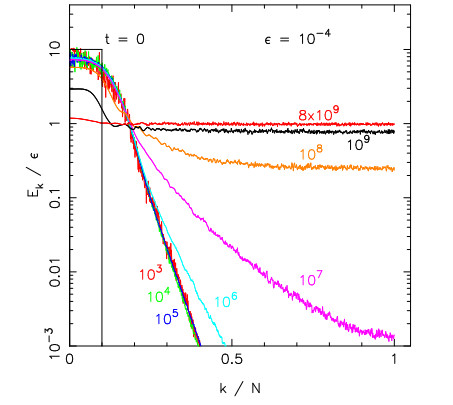
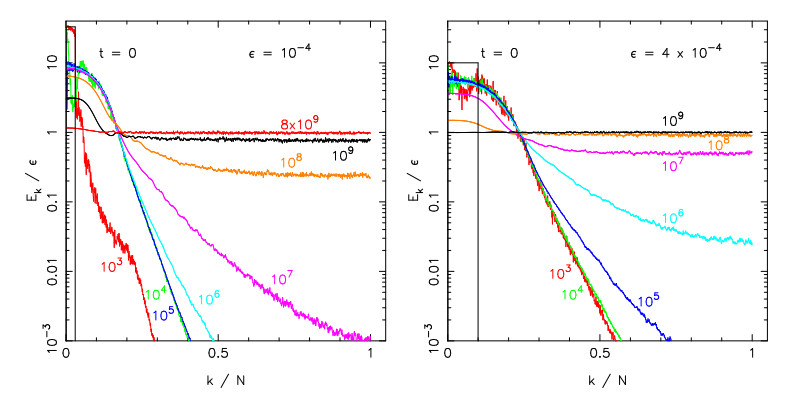
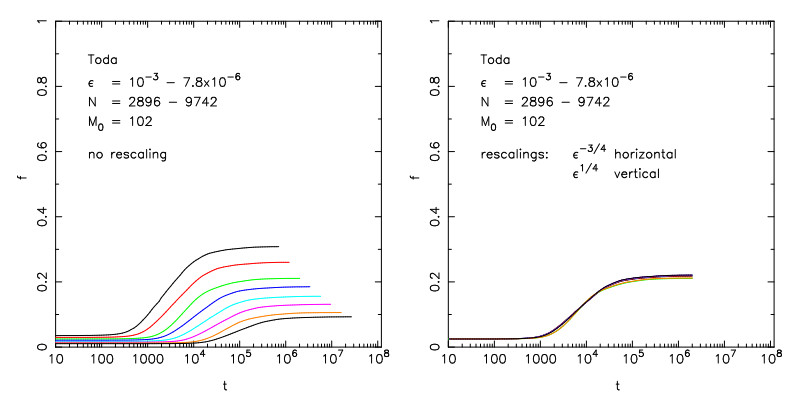
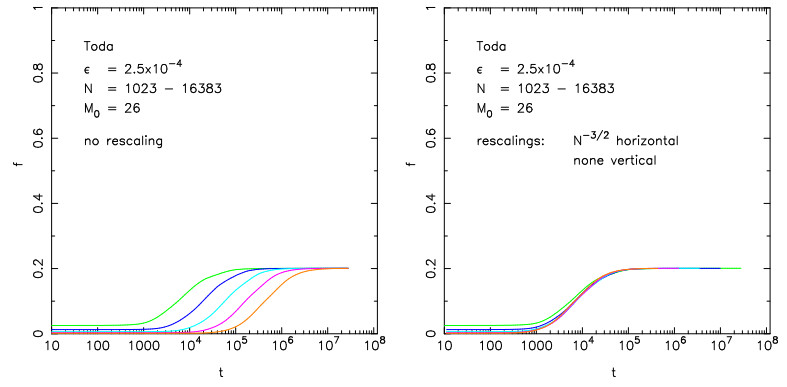
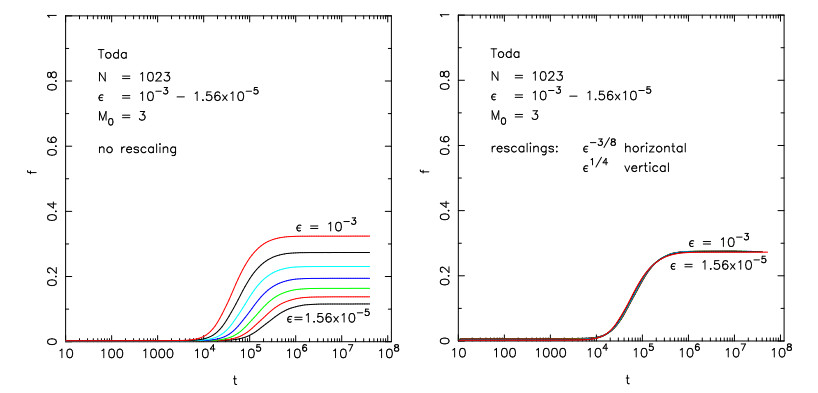
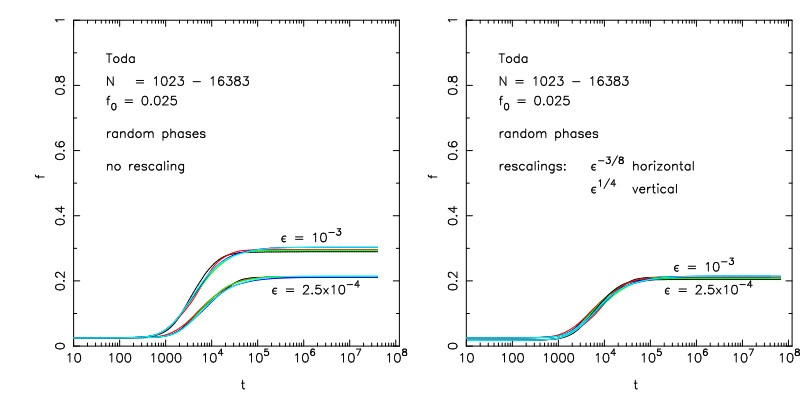

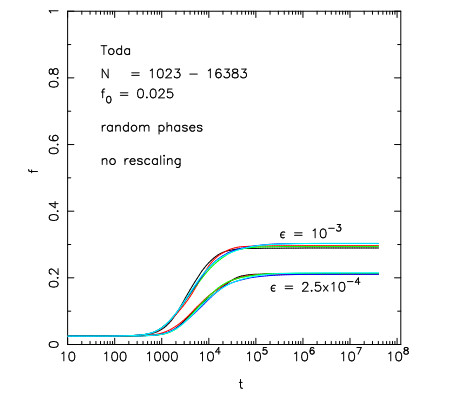
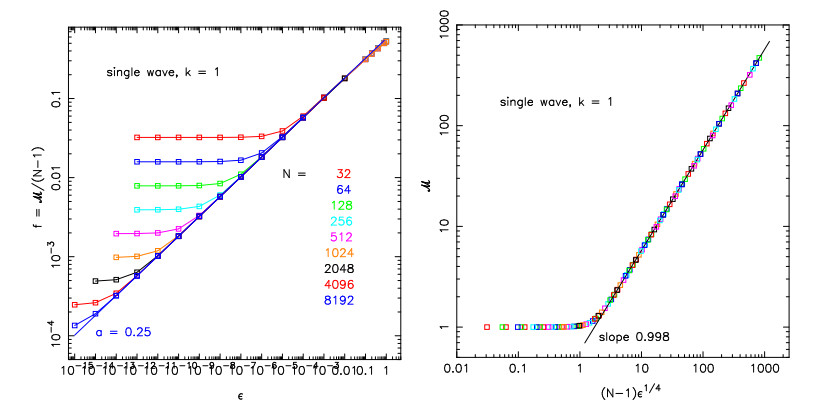
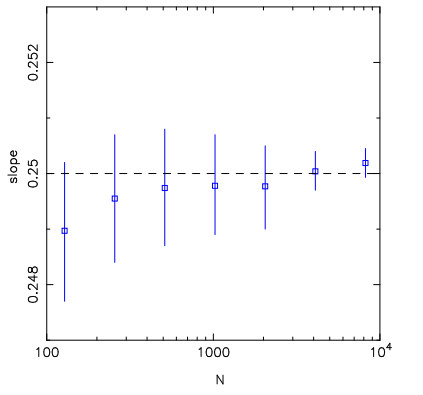
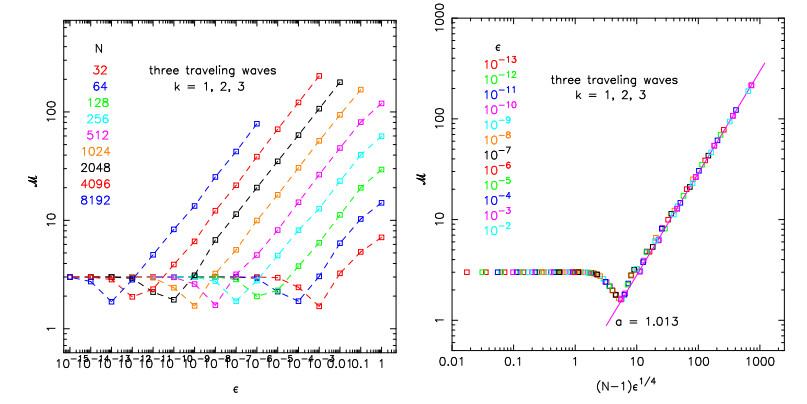
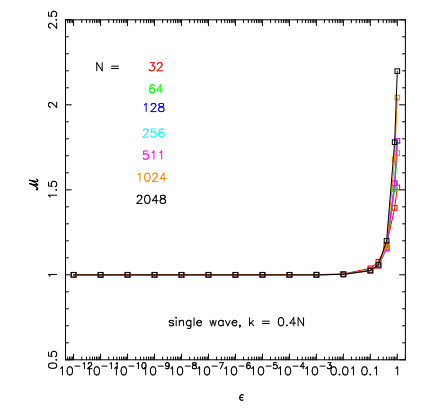
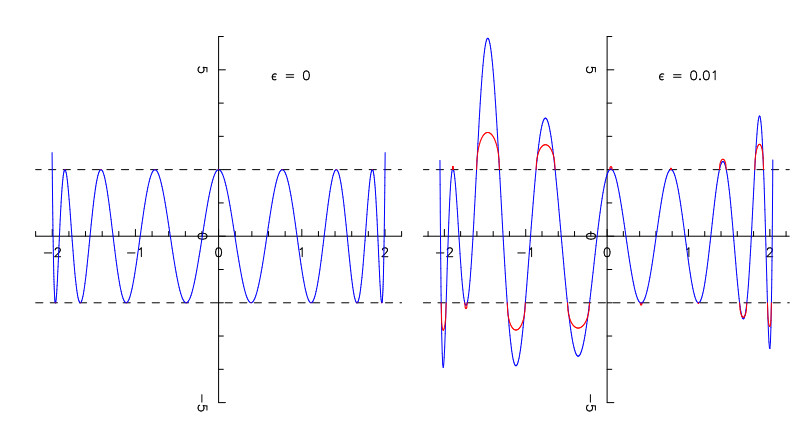
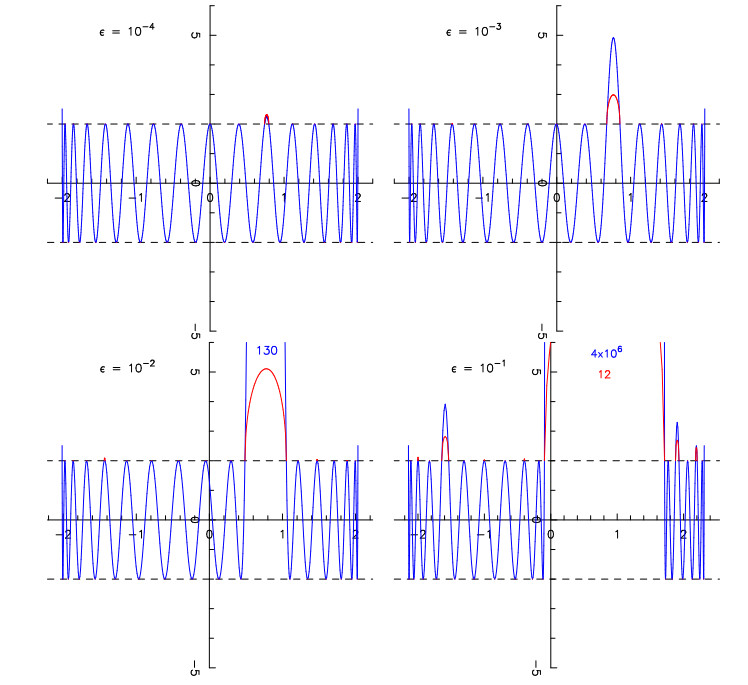


 DownLoad:
DownLoad: